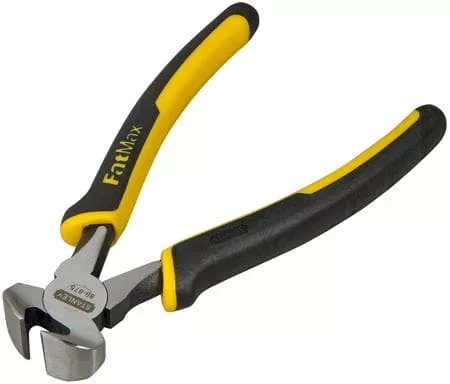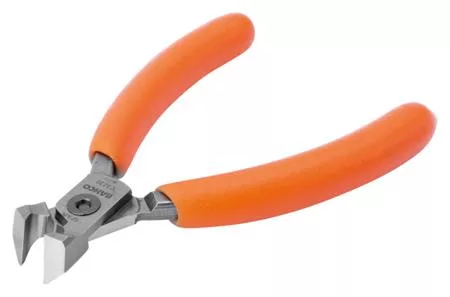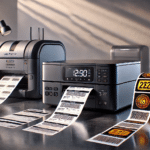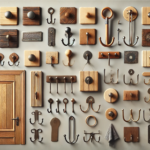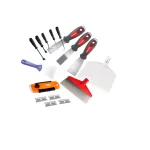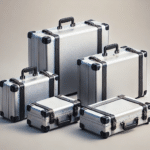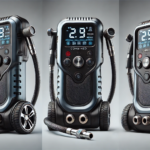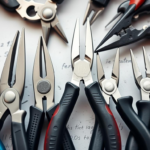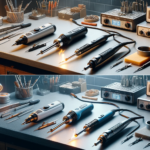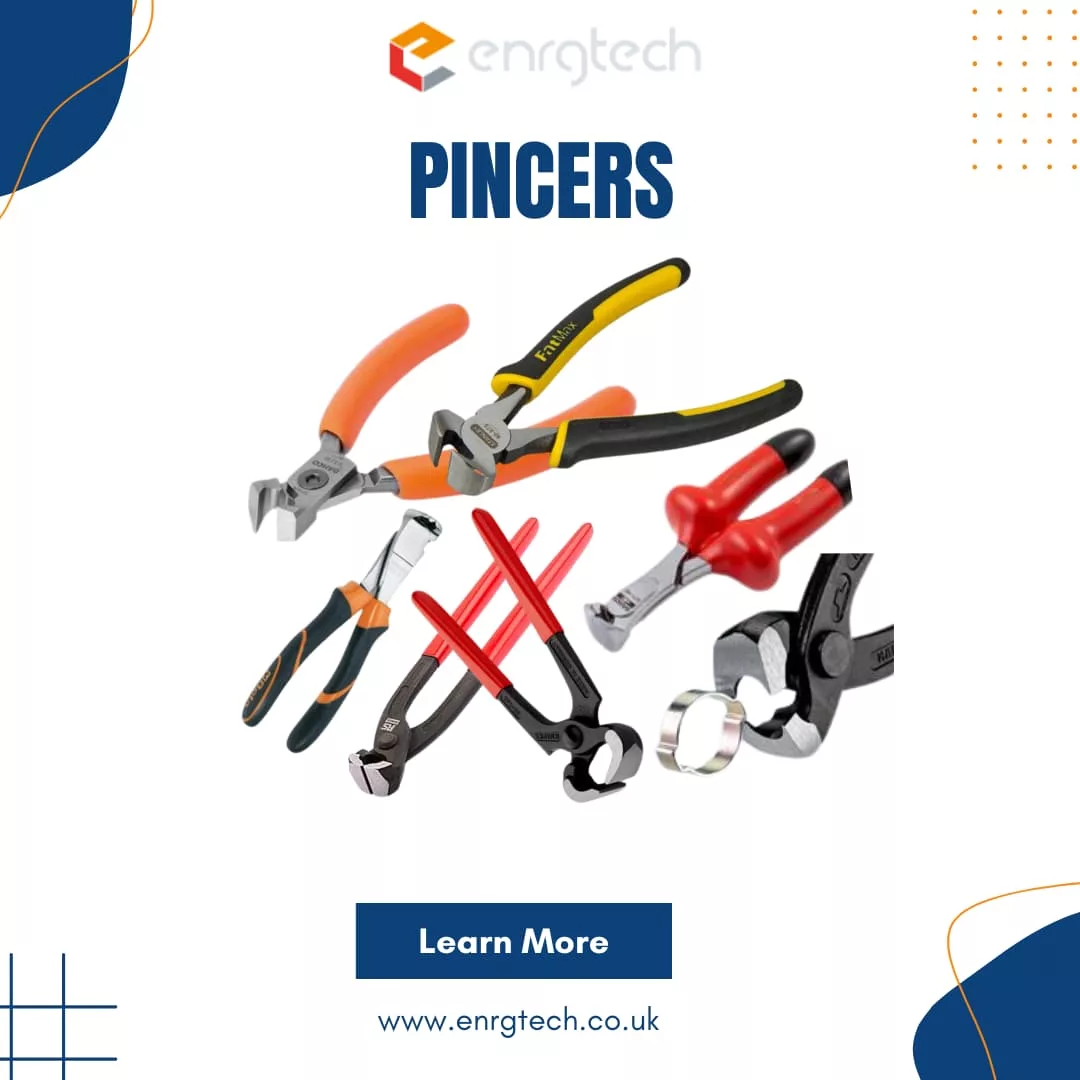
Introduction
Among the sophisticated family of hand tools, pincers offer a blend of precision and power. These handheld tools possess distinct features and designs that make them uniquely suited for specific tasks. Understanding their basics is critical for DIYers and professionals to get the most out of these multipurpose tools. This article covers everything about pincers, exploring their significance, diverse types, selection criteria, and best applications.
What are Pincers? Definition and Key Features
Pincers, often called nippers, are first-class levers designed to provide a mechanical advantage for a variety of tool manipulation tasks. These hand tools are characterised by two opposing jaws with sharpened or flat gripping surfaces meeting at a pivot point. A pincer is a versatile tool used for extracting, pinching, twisting, and manipulating objects, such as nails, rivets, wires, or other tools. However, these handheld tools feature long ergonomic handles for enhanced grip and applying force. A pincer tool is typically made from high-carbon hardened steel for durability, resistance features, and strength to withstand repetitive use and force.
Significance of Pincers in Daily & Industrial Works
Pincers are of prominent significance in numerous daily and industrial tasks. In daily life, these hand-operated tools are used to remove nails and pins, trim wires, grip small objects, and perform other intricate operations. Industrially, pincer tools can perform a variety of functions in various sectors, including construction, healthcare, and electronics. They are employed for tasks such as assembling components, performing surgical procedures, making jewellery, and repairing electronics. In essence, the precision and versatility of a pincer make it a pivotal tool for a variety of tasks, whether in daily life or complex industrial settings.
Pincers, Cutters & Pliers: Key Differences
While often used interchangeably, these hand tools have distinct differences in terms of designs and purposes. Pincers are specifically designed for tasks requiring a firm, pointed grip, often for pulling or extracting. They typically have shorter jaws compared to pliers and are more specialised in their function. Cutters are built to cut through various materials like wire, bolts, or nails. They have sharp blades that meet to shear the material.
On the other hand, pliers are a broader category encompassing various gripping tools, including pincers. In addition, they offer multiple functionalities, including gripping, bending, twisting, and cutting, and come in a greater variety of shapes and sizes. Essentially, all pincers are pliers, but not all pliers are pincers.
Most Popular Types of Pincers You Should Know
Pincers come in several types to cater to specific needs. Some standard types include:
- Carpenter’s Pincers
A carpenter pincer is a true workhorse designed for carpentry works, including pulling nails and dismantling wooden structures. These tools feature strong, flat jaws to grip nails firmly without damaging the wood surface. Moreover, they are essential tools for DIYers and professionals dealing with nails and hardware in woodworking.
- End Cutting
Also called end nippers, these tools have cut jaws at the very end and are positioned perpendicular to the handles. They are perfect for cutting through thick wires, nails, or bolts close to the surface. Their precise design allows for flush cuts, reducing the risk of injury or damage.
- Lineman’s
Like carpenter’s models, lineman’s pincers are specifically designed for electricians and feature insulated handles. Additionally, these tools are used to grip and cut wires safely and are safety-rated for electrical work.
- Jeweler’s
Jewellery pincers are small and delicate tools used for intricate work with precious metals and gemstones. They are also used for electronic work due to their fine tips.
- Needle-Nose Pincers
These tools feature long, pointed jaws for accessing tight spaces and manipulating small components. Based on jaw designs, pincers also come in flat-nose and round-nose models.
- Concrete or Tile Pincers
These are heavy-duty nippers used in construction for tasks such as breaking tiles, cutting reinforcement bars, or gripping wire mesh. They can withstand high pressure and are essential for masonry and tile work.
- Specialty Pincers
Specialty models come in various shapes for niche tasks, such as snap ring (circlip) pincers or tile nippers. They are tailored for specific jobs like installing and removing snap rings or shaping tiles with clean edges.
Things to Consider When Choosing the Right Pincers for Your Needs
The best pincer tool is the one that matches your specific requirements. However, when choosing one, consider various parameters. These include the type of task you tackle most frequently—carpentry, metalwork, or general household repairs. You can also invest in a pincer set for a complete collection of tools designed for a specific purpose. Also, check for materials, sizes, quality, budget, and additional features, such as electrical safety and corrosion coatings.
Pincers as Multi-Purpose Hand Tools: Exploring Their Versatility
The versatility of pincers extends beyond their primary functions. They can be used for:
Removing Splinters: The pointed tips of some nippers are ideal for safely extracting splinters.
Gardening: A pincer tool can be used for pruning small branches or removing thorns.
Automotive Repair: Pincers can be used for various tasks, such as removing clips, hoses, and small parts.
Electronics Repair: Needle-nose models are essential for handling delicate electronic components.
Woodworking: Removing nails without damaging the wood surface.
Metalworking: Clamping or cutting small wires or rods.
Crafting and DIY Projects: Nippers are invaluable for bending wire, manipulating small parts, and creating jewellery.
Final Thoughts
Pincers are indispensable handheld tools valued for their precision, strength, and versatility. Their ability to grip, cut, and manipulate materials with accuracy makes them a valuable addition to any toolkit. Finally, by taking note of key features—such as material, jaw alignment, and handle comfort—you can select the perfect pair of pincer tools for your projects.






